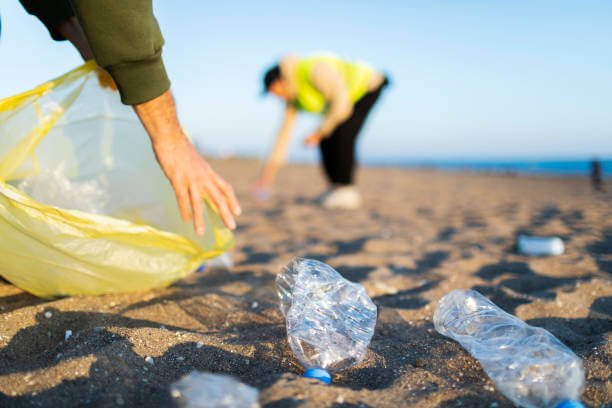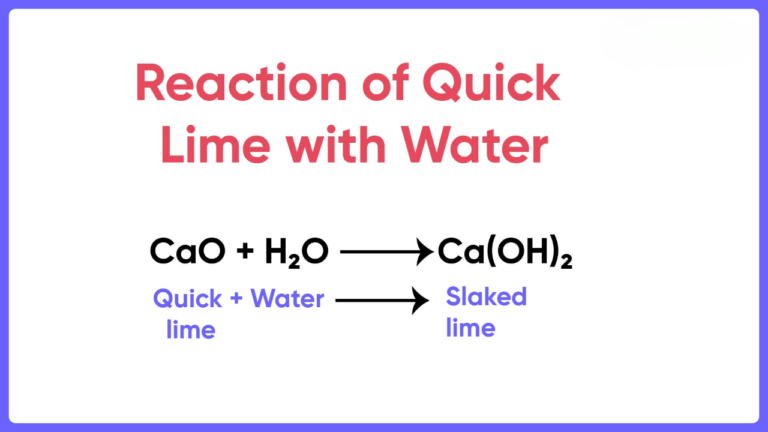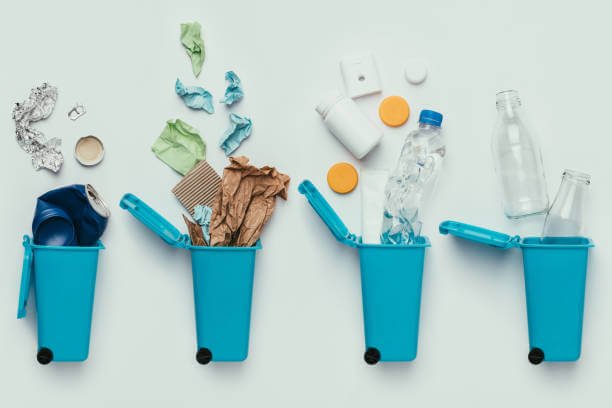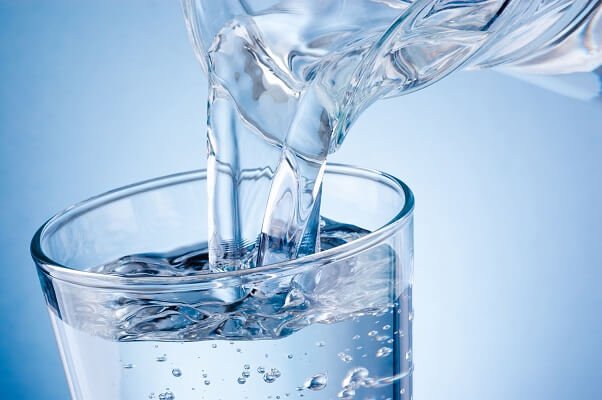Water Pollution: Root Causes of It’s Effects
Water pollution is a pressing problem that is affecting the lives of millions of people on earth. Not just human beings, it is harmful to all living beings including plants and animals as well. It refers to the pollution of water bodies like lakes, rivers, oceans, and underground water with harmful substances. As for living beings, water is the most essential component of their lives. If living beings consume contaminated water from these resources, it might affect them harmfully. There are several root causes of Water pollution. It is important to understand them so that we can find solutions to the problems.
Let us understand deeply about water pollution. What causes it, what are the types of water pollution, the emerging threats of water pollution, and also, the measures that can be taken to avoid water pollution and its effects? When we can understand the sources of water pollution, we can prevent contamination by taking measures. Then we will have access to clean and safe water for us and the generations to come.
Water Pollution Causes
There are many sources of water pollution. These can be man-made or natural factors that pollute the water bodies and make them unfit for human consumption and also harm other living beings like aquatic beings and animals. The following are some causes of water pollution-
Industrial Activities
The emerging industries perform some activities like manufacturing, mining, and oil extraction can release pollutants. These pollutants include chemicals, heavy metals, and other wastes that mix with the water bodies and contaminate them severely.
Agricultural Practices
The water used in agricultural practices affects the underground water as well as it might affect the streams where the excess water goes. The use of fertilizers and pesticides can lead to contaminated water sources.
Sewage and Wastewater Disposal
The improper sewage management and wastewater disposal system of an area releases harmful substances into water bodies. It can cause many diseases and pollution in the environment.
Littering
The disposal of waste especially plastics can lead to the choking of sewage management that disturbs the ecosystem. It can also lead to the accumulation of waste in water bodies that is harmful to aquatic life. The prolonged blocking can lead to diseases for living beings.
Oil Spills
The crude or refined oil that is dumped into the oceans from ships and offshore drilling activities can cause significant damage to marine life and water quality.
Climate Change
Climate change can disrupt the temperature of water bodies. It can further cause acidity in water that leads to the death of aquatic animals. This can also cause water pollution if the dead beings are not removed from the water.
Natural Phenomena
Natural phenomena like floods, storms, and earthquakes can lead to the release of pollutants into water bodies, causing contamination.
Types of Water Pollution
Water pollution can be broadly classified into three types based on the source and nature of the pollutant: chemical, biological, and physical pollution. Here’s an overview of each type
Chemical Pollution
When the harmful chemicals that are present in the water bodies cause damage to the life of aquatic animals and human health is called chemical pollution. Industrial discharge, pesticides and fertilizer released from agricultural practices, pharmaceutical waste, and household product waste like cleaning products are the chief causes of chemical pollution. Chemical pollutants can include heavy metals, organic chemicals, and toxins like mercury, lead, and PCBs. Chemical pollution can have long-term impacts on water quality and the health of the ecosystem.
Biological Pollution
It refers to the harmful presence of microorganisms in water bodies. Untreated sewage and animal waste can be counted as the causes of biological pollution. It leads to a release of bacteria and viruses like E-Coli and cholera. These harmful bacteria can lead to illness and diseases after the consumption of water in which they are present.
Physical Pollution
Physical pollution refers to the physical objects and materials present in the water bodies that affect the aquatic life in the water. These objects can include litter, plastics, debris, etc from construction, industrial, or mining activities. It degrades water quality and also causes harm to aquatic life through ingestion and entanglement. It also contributes to the buildup of sediment and other contaminants

Effects of Water Pollution
Water pollution can cause a wide range of harmful effects on the environment, human health, and the economy. Here are some of the most common effects of water pollution:
Health Effects
Exposure to contaminated water can cause a variety of illnesses, including cholera, dysentery, typhoid fever, and gastrointestinal problems.
Ecosystem Disruption
Water pollution can harm aquatic life, disrupt the food chain, and lead to the death of plants and animals
Economic Loss
Water pollution can lead to a loss of income for communities that rely on fishing, tourism, and other water-based activities.
Drinking Water Contamination
Water pollution can contaminate drinking water sources, leading to health problems and the need for costly water treatment.
Harmful Algal Blooms
Water pollution can cause the growth of harmful algal blooms that can produce toxins harmful to human and animal health.
Habitat Destruction
Water pollution can lead to the destruction of habitats like wetlands and coral reefs, leading to the loss of biodiversity
Climate Change
Water pollution can contribute to climate change by releasing greenhouse gases into the atmosphere, leading to further environmental damage.
In conclusion, water pollution can have devastating effects on the environment, human health, and the economy. Addressing the root causes of water pollution and taking measures to prevent further contamination is crucial to protect our water resources and ensuring access to clean, safe water for all.
Emerging Causes of Water Pollution Threats
In addition to the well-known types of water pollution, there are also emerging threats to water resources that are becoming increasingly concerning. Here are some examples of emerging water pollution threats
Microplastics
They are a type of physical pollution and are found in many water sources worldwide. Microplastics can bioaccumulate in the food chain.
Pharmaceuticals and Personal Care Products (PPCPs)
Pharmaceuticals and personal care products like shampoos, lotions, and medications can also end up in water sources through wastewater discharge. These substances can be harmful to aquatic life and can also lead to the development of antibiotic-resistant bacteria.
Endocrine Disrupting Compounds (EDCs)
): EDCs are chemicals that can interfere with the hormonal systems of animals and humans. They are found in many household products like plastics, pesticides, and cleaning products, and can end up in water sources through wastewater discharge. EDCs can cause reproductive and developmental problems in aquatic life and humans.
Per- and poly-fluoroalkyl substances (PFAS)
PFAS are a group of man-made chemicals used in many industrial and consumer products, such as non-stick cookware and firefighting foam. They are persistent in the environment and can contaminate water sources, leading to health concerns like cancer and developmental issues.
Harmful Algal Blooms (HABs)
HABs occur when algae grow rapidly and produce toxins that can harm aquatic life and humans. They can be caused by nutrient pollution, which often comes from agricultural runoff or wastewater discharge. HABs can lead to beach closures and fish kills, and the toxins produced by the algae can cause illness in humans.
It is important to address these emerging threats to water resources to protect human health and the environment. This can be done through the implementation of effective pollution control measures, research into the sources and effects of emerging contaminants, and the development of technologies to remove these pollutants from water sources.
Measures Taken for Water Pollution
Various measures can be taken to address water pollution and prevent further contamination of our water resources. Some of these measures include
Reduce Industrial Waste
Industries should adopt sustainable practices that minimize the production of waste and pollutants. Recycling, reusing, and disposing of waste safely can help reduce industrial waste that ends up in water bodies.
Control Agricultural Practices
Farmers can adopt sustainable practices such as using organic fertilizers and reducing the use of pesticides and herbicides. It can help to minimize runoff and contamination of water sources.
Proper Sewage Disposal
Municipalities should implement proper sewage disposal systems to ensure that wastewater is treated well before being released into water bodies.
Litter Management
Individuals can take responsibility for proper waste disposal, especially plastics, which take a long time to decompose. Properly disposing of waste can reduce the amount of waste that ends up in water bodies.
Enforce Environmental Regulations
Governments should impose and implement environmental regulations that require industries and individuals to follow sustainable practices and take responsibility for their waste.
Promote Public Awareness
Raising awareness about the effects of water pollution can help people understand the contamination of water sources. It motivates them to take needed action to stop and prevent further contamination.
Adopt Water Treatment Technologies
Water treatment technologies such as reverse osmosis, activated carbon filters, and ultraviolet sterilization can be used to treat contaminated water. It can help you make it safe for human consumption.







